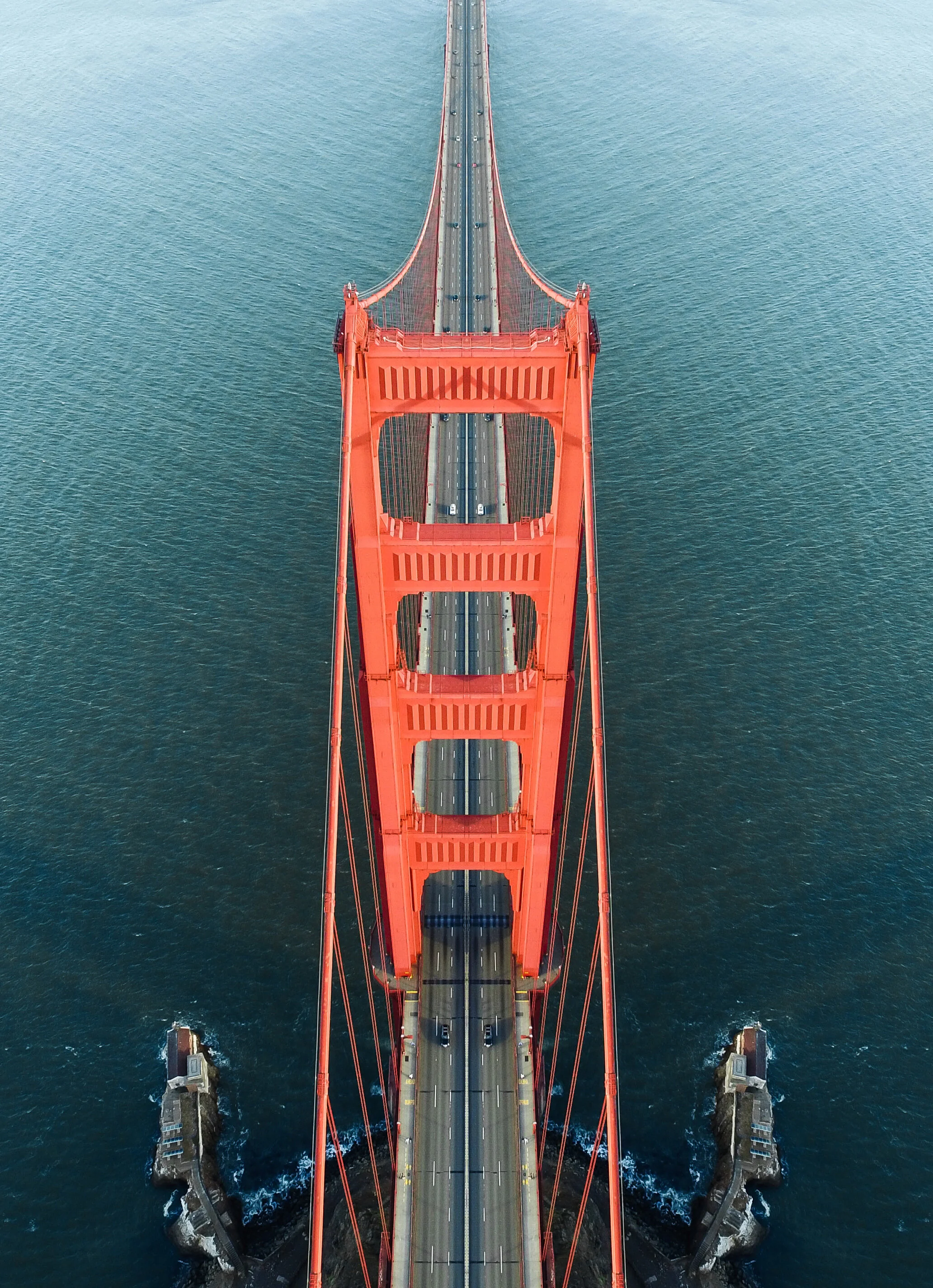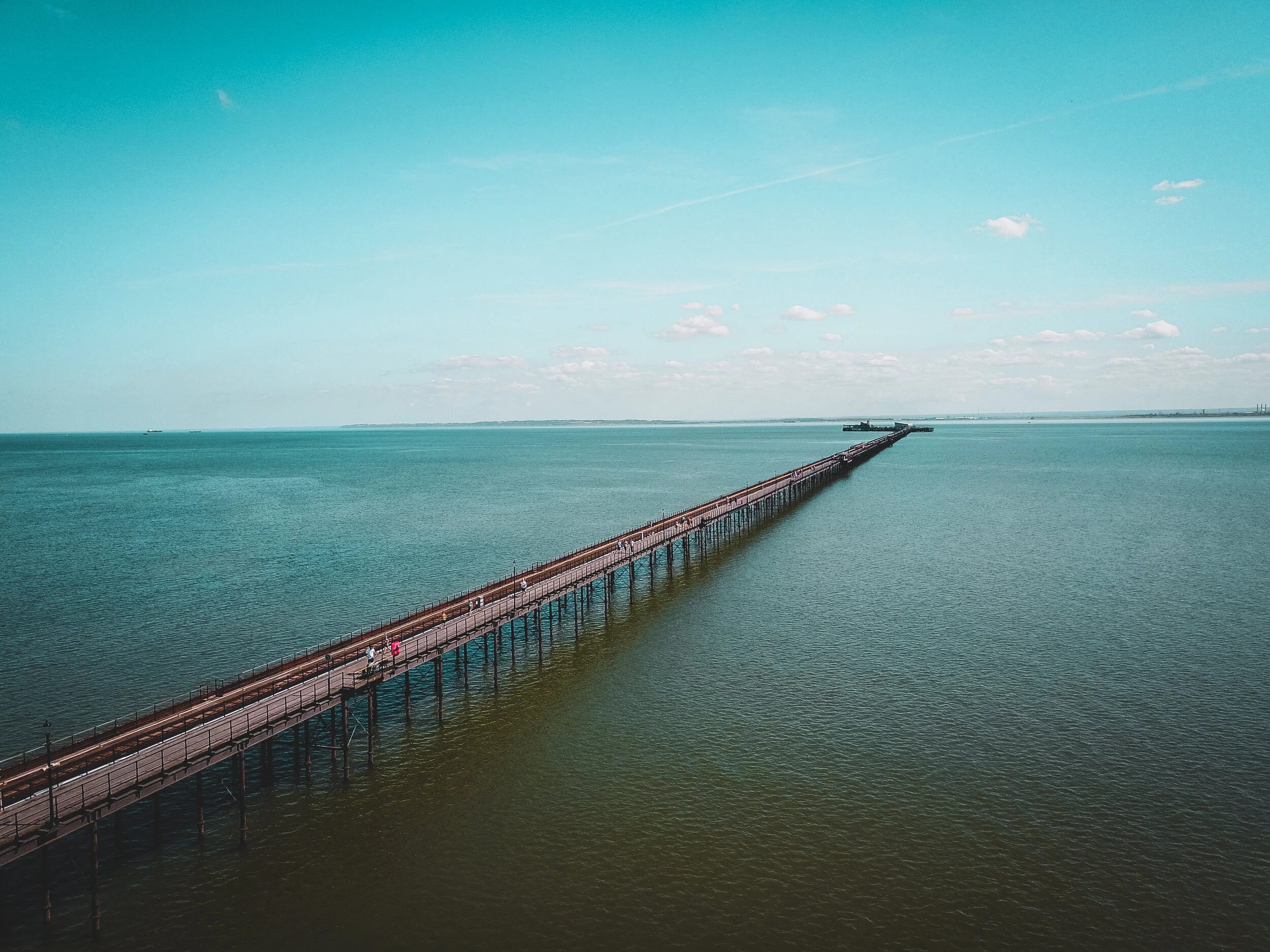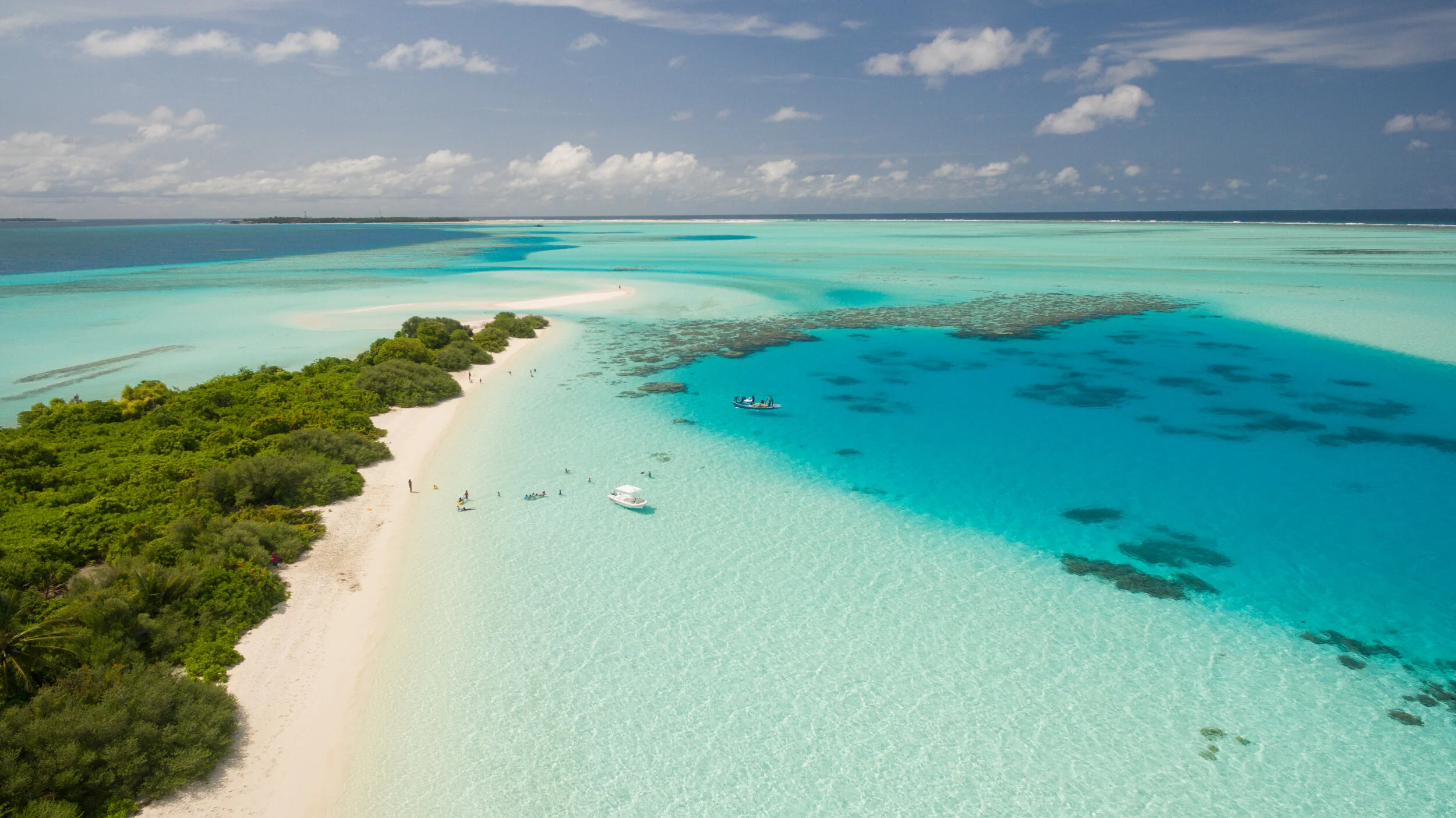Drone Flying Tips for New Pilots
This is drone flying advice for new pilots- not for the grizzled, veteran pilots out there. After all, being a new drone pilot isn’t easy. You have to fly and shoot video at the same time. As if that wasn’t enough to think about, you’ve decided your footage doesn’t compare to what you’re seeing online.Here are three tips that are easy to execute now and will dramatically improve the footage you capture with your drone.
Top 3 Tips for Better Drone Photography
1. Add Variation to your Shots
The bridge is an interesting focal point and gives the photo depth. Some people like to fly their drone as high as possible and shoot video at 1,000 ft for 10 minutes and call it a day. We get it- your drone flies really high. While that's fun as a toy, you might want to consider more angles for the best footage.
Compelling drone footage mixes up both the distance from the subject as well as the direction in which the drone is moving. Its easy to fly 200 ft above the ground in a straight line but a 3 minute video of that is going to bore your viewer to tears. Try mixing up shots with your drone. Move horizontally and laterally. Get within a few feet of a subject and then mix it with a shot 20 feet away. Drones offer almost limitless opportunity for creative shots. Don't get stuck in "Google Earth" mode flying as high as possible all the time.
less dynamic when the drone is far away from the subject. This would be more dynamic if the camera was closer to a person walking to see this is a pedestrian bridge.
Additionally, landscape shots are pretty, yeah sure, but too many of them in a row are pretty boring. Find interesting subjects that will give your footage a sense of scale and dynamic movement. From the side of a road and a safe distance away, slowly follow a car. Investigate a herd of cows. Follow a friend on a hike with a behind the shoulder viewpoint. Fly close to a statue or navigate through some dense trees.
The greatest source of inspiration and influence on my drone shots is trying to replicate scenes I see in movies. Once you've been behind the controls of a drone for a while, you'll start to quickly notice when drone video is being used in your favorite TV shows or movies. Since imitation is the sincerest form of flattery, feel free to reproduce your favorite tracking shots.
2. Use a Neutral Density Filter
Water. A camera’s biggest challenge. Just like wearing polarized sunglasses, your lens needs the same.
Congrats! While the drone you purchased was plenty expensive, it's time to drop $40-$70 more! This is something you can’t cheap out on and can’t ignore if you want great looking footage. Have you ever encountered white and black bars on the video feed of your drone flight? Those bars represent parts of the image that are overexposed-areas that are simply too bright for the camera sensor in the to capture in detail.
Neutral density filters are necessary for when you’re shooting in sunny environments so that you can use manual settings, especially around reflective surfaces such as water and snow. Neutral density filters will prevent overexposure to the drone camera sensor which renders your footage washed out and amateur looking.
Just like wearing polarized sunglasses, the specific filter darkness you’ll want depend on what and where you’re shooting. Just a basic google search on ND filters for cameras leads to passionate debates between experts threatening to spill blood over the perfect ND filter strength. I initially purchased a generic ND lens that I slapped on for sunny skies, high noon, or when I’m filming on water. The results weren't perfect but they were far better than without a lens.
The next step up would be screw on ND filters along with a polarized filter that you can use on overcast, sunny, and very sunny days. These premium filters come along with a price increase as well as a commitment to use manual settings. You’ll be rewarded with much better looking footage after you adjust in post.
3. Use a Larger Screen
This one seems like a no brainer; it’s much easier to fly with a larger display screen mounted on your controller. Between the glare from the sun and the small screen, it was a wonder I was able to see anything. I eventually broke down and purchased an iPad Mini 2 to use as an “experiment” to see if it would impact the quality of footage.
In an alternate universe where I was still using a iPhone 6, my drone is at the bottom of the river in downtown Hoi An, Vietnam. With the larger screen on my iPad Mini, I saw a wire in the sky that saved my drone.
One of the most important aspects of flying a drone is getting a new perspective on the world around us. With a smaller screen I was missing interesting details to fly over to, whether it be some trees, someone on a scooter, or a mule playing in a rice paddy. Instead of just using the screen to navigate and monitor any warnings, I am now able to use the drone camera more analogous to how a photographer uses their viewfinder.
There are some really cheap tablet options that will likely work with your drone. I purchased my iPad Mini 2 for under $200 used on eBay. Even a used tablet with a cracked screen is preferable to the small phone screen in my opinion. There is also less of a chance that you unpack your drone ready to get that perfect shot and your phone battery is dead.
Check out your drone manufacturer’s website to see a list of compatible tablets for your model.













Travel with a drone-What is it like? Annoying, inconvenient, oftentimes sweaty. Also though, completely worth it. Looking for a bit more information than just that? Read on to find out more about my experience of traveling with a drone across 20 countries for more than nine months.